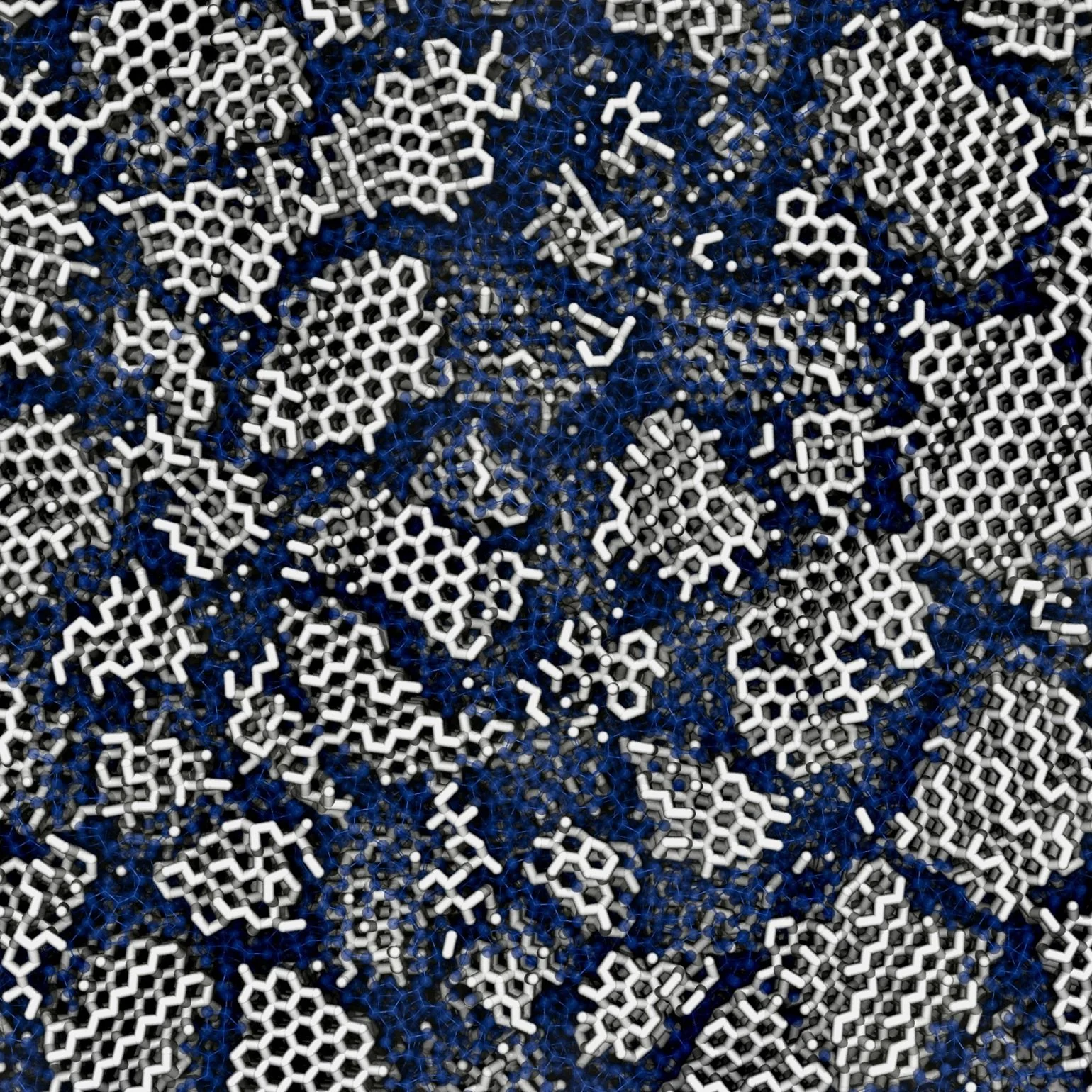A group of scientists at the Massachusetts Institute of Technology developed an automatic, touchless cleaning method to rid solar panels of dust without the need for water.
Image Credit: Simone Hogan via Shutterstock / HDR tune by Universal-Sci
10 billion gallons of water wasted each year
Studies predict that solar power will account for one-tenth of the electricity output of the entire planet by the year 2030. A large portion of it will be generated in desert areas with abundant sunshine
A major problem often encountered in dry and desert-like regions is dust accumulation. Dust diminishes the effectiveness of panels by a significant margin. Therefore, it is essential to clean panels regularly to remain productive.
Researchers estimate that, currently, approximately 10 billion gallons of water are used each year to clean solar panels which means we are wasting resources that could otherwise be put to good use elsewhere.
Sadly waterless cleaning is currently very laborious and inefficient. In addition, it often causes irreparable scratches on the surface of the panels that reduce the effectiveness of panels.
The effects of dust on solar panel output
A lot of work goes into improving solar panel materials. Even though more and more effective solar panels are being developed, something as simple as dust puts a severe dent in the total power output.
According to Kripa Varanasi, professor of mechanical engineering at MIT, dust accumulation can cause a power output reduction of about one-third after only a single month without cleaning. A big deal considering that solar panel advances commonly concern improvements of just a few percent.
Varanasi explains that even 1% of electrical output reduction can lead to a loss of $200,000 in revenue per year for a 150-megawatt solar power station. On a global scale, a mere 1% reduction in output would mean a loss in revenue of over one billion dollars.
A lot of the world's biggest solar power plants are located in desert areas. In general, water cleaning generates approximately 10% of the operating costs of such installations.
Image Credit: rlassman via Shutterstock / HDR tune by Universal-Sci
Cleaning solar panels without water
To mitigate these dust-related issues, the MIT team created an automatic, no-contact method that enables solar panels to be cleaned without the need for water.
According to the team, their new system could conceivably diminish operating costs while enhancing the general power output by permitting more frequent cleanings.
Without the use of water or brushes, the new method utilizes electrostatic repulsion to induce dust particles to separate, forcing them to practically leap off the panel's surface.
In order to start the system, a simple electrode passes slightly above the surface of a solar panel, delivering an electrical charge to the dust particles. Consequently, the dust particles are pushed away by a charge applied to the solar panel itself.
According to the researchers, the system can be engaged automatically by employing guide rails along the side of the solar panel and with the help of an electric motor.
All in all, the innovative system should make cleaning solar panels less expensive, less labor-intensive, and less wasteful.
If you are interested in a more detailed description of the system, be sure to check out the paper published in Science Advances, listed below.
Sources and further reading:
Electrostatic dust removal using adsorbed moisture and assisted charge induction for sustainable operation of solar panels - (Science Advances)
Scientists developed transparent solar cells that can be used in windows and last for 30 years - (Universal-Sci)
Massive solar and wind farms could bring vegetation back to the Sahara - (Universal-Sci)
new top layer for solar cells shows enhanced performance without raising costs - (Universal-Sci)
If you enjoy our selection of content, consider subscribing to our newsletter - (Universal-Sci Weekly)
FEATURED ARTICLES:












